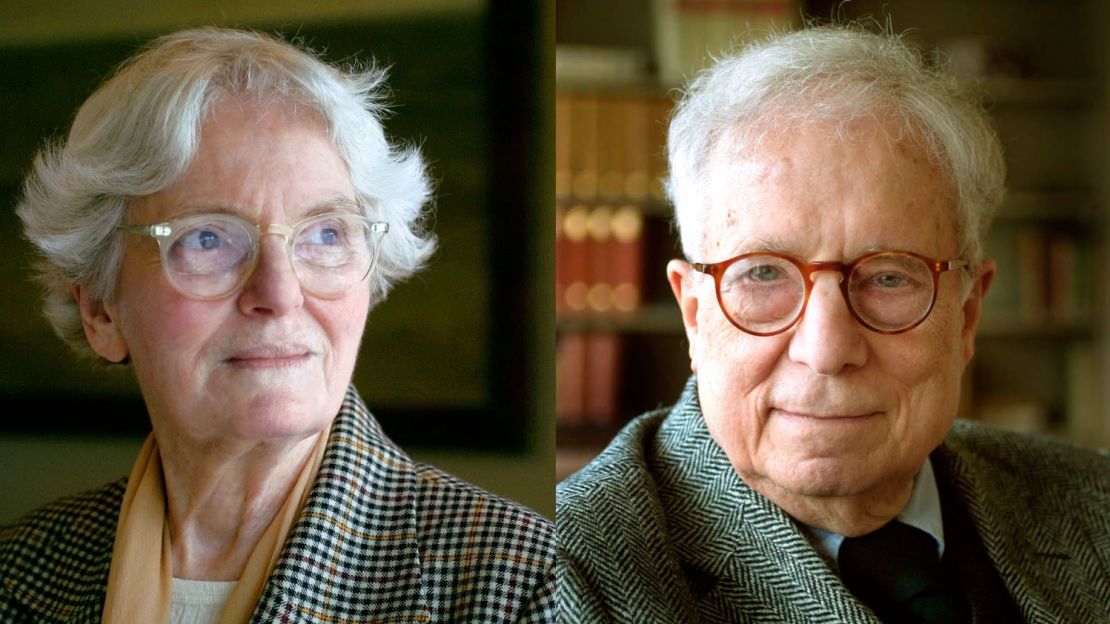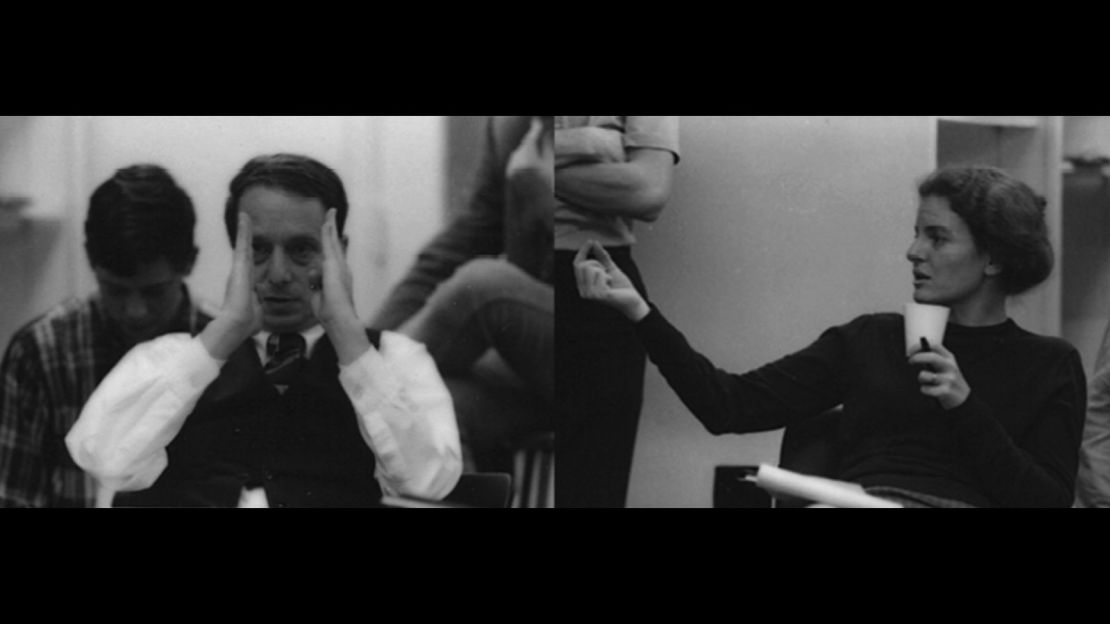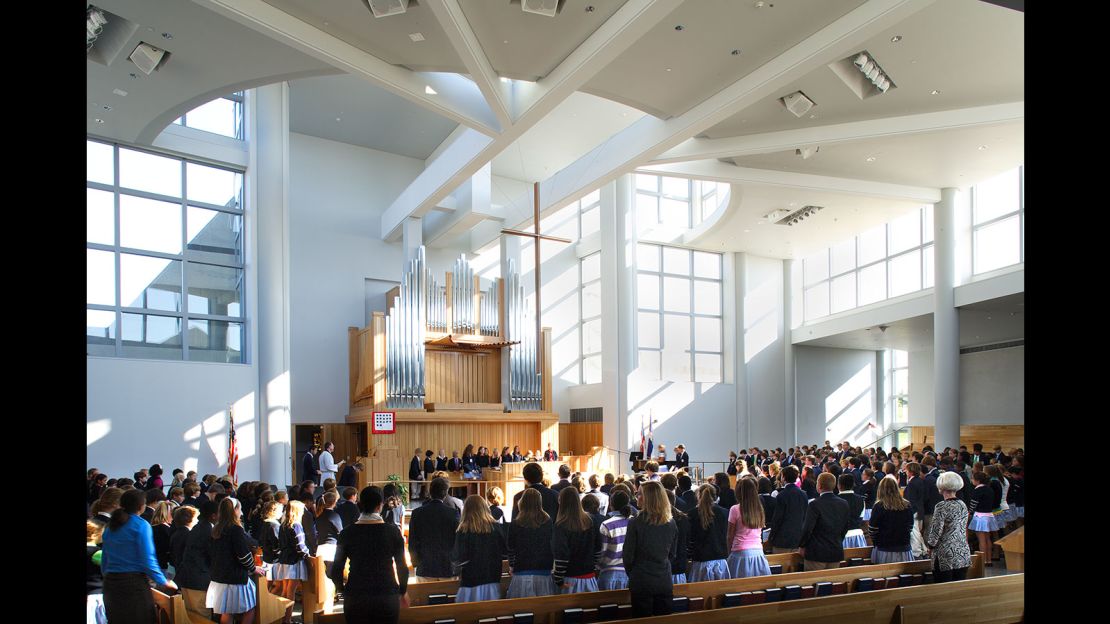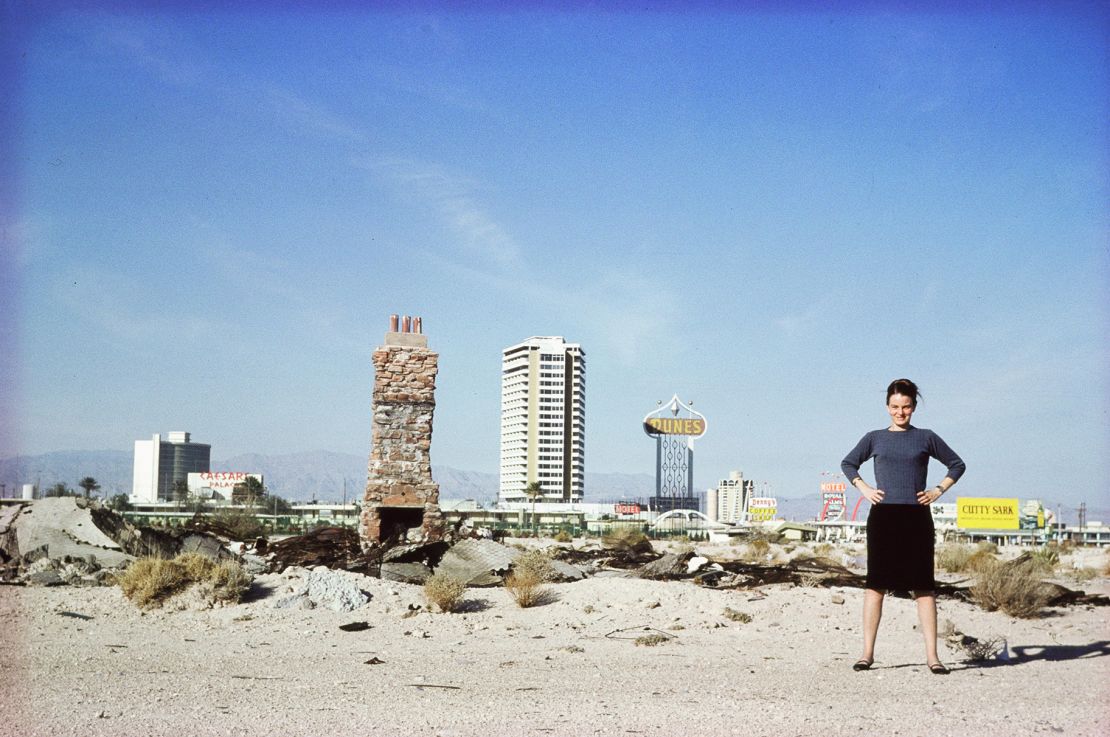Editor’s Note: Robert A. Ivy, FAIA, is the EVP/Chief Executive Officer at the American Institute of Architects (AIA), and former Editor-in-Chief of Architectural Record.
Story highlights
American Institute of Architects (AIA) award 2016 Gold Medal to Robert Venturi and Denise Scott Brown
Gold Medal is AIA's highest honor
The architects are the first duo to win the award
Past recipients include Frank Lloyd Wright (1949), Le Corbusier (1961), and Moshe Safdie (2015).
Denise Scott Brown and Robert Venturi have collaborated for 55 years, generating popular appreciation for architecture with whimsical forms that play off historical precedents and their writing in support of everyday building types that might otherwise be ignored.
This deeply intelligent partnership cracked open the hegemony of doctrinaire Modernism, inviting us to reconsider the lessons of history and to invest our cities with the richness inherent in place, culture, and time.

Venturi’s 1966 book “Complexity and Contradiction in Architecture,” and Venturi and Scott-Brown’s 1972 book “Learning from Las Vegas” (with Steven Izenour) remain more than required reading for every architecture student.
They are touchstones for three generations of architects in thinking critically and designing thoughtfully. Together, the books draw in cultural observations, field research, historical context, and a deep understanding of architecture as a creative field as well as a multifarious vocation.
“At the intersection of historicism and pop art, Bob and Denise began a conversation in 1960 that continues to change our profession and profoundly influence how each of us as architects can change the world,” the architect Frank Gehry has said about their partnership.

“Two great intellects, instead of one ego, they broke open the field of architecture to revisit history in a freshly modern way.”
Since the completion of Venturi’s Vanna Venturi House in Chestnut Hill, Pennsylvania, in 1964, the pair has been creating buildings, places, books and objects that inspire affection from their users.
Bold, graphical forms instantly please even the most casual passerby at the Guild House, a 1964 senior housing building in Philadelphia, as well as in their most recent major project, the chapel at Episcopal Academy, built in Newtown Square, Pennsylvania in 2008.

Brown, born in 1931 in Northern Rhodesia, and Venturi, born in 1925 in Philadelphia, joined each other in marriage and in a formal practice in 1967. One cannot speak about the thinking and theory of one partner without speaking about the contributions and support of the other; they are as unified as two halves of the same, luminous brain.
The extensive works of their firm, now called VSBA, includes buildings of many types – large university halls, tucked-away vacation homes, hospitals, historical monuments – each a lively addition to its site.
Often colorful, curvaceous, and cleverly detailed, VSBA’s oeuvre lives up to Venturi’s legendary aphorism from “Complexity and Contradiction” that, “Less is a bore,” as a play on the oft-repeated line that less is more.

And, nothing is less boring than Las Vegas, the city most associated with the duo’s probing meditation on the American landscape. “Learning from Las Vegas” steered architects’ gazes away from what had become repetitive iterations of functional Modernism to something more exuberant.
Embracing the shamelessly promotional neon wilds of a place that was disconnected from the crisp rationalism of architecture schools, they gave architects everywhere a license to lighten up.







